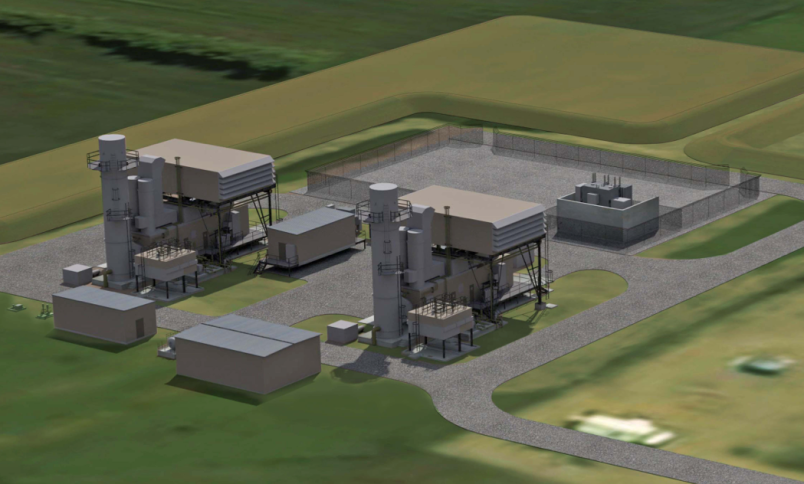A Calgary company says a proposed power plant in the Alberta Peace will harness energy from oil and gas flaring to generate low-emission electricity.
Kineticor Resource Corp. and oil and gas producers near Peace River have entered into an agreement to build and operate a 100-megawatt power project fuelled by gas which would otherwise go up a flare stack.
The $100 million project promises to cut emissions from the oil and gas sector while “significantly” reducing flaring in the area, Kineticor Business Development Manager Kate Nesbitt said.
“Not only are we reducing emissions because the turbines on this power project have a higher combustion efficiency, we’re also creating a useful product,” she said in an interview.
Baytex Energy, one of the largest heavy oil producers in the area, has signed onto the project, Nesbitt said. She said it was too soon to name other producers involved.
Flaring allows upstream oil and gas producers to burn off excess gas produced during the extraction process. In the case of the Peace River plant, that gas is a byproduct of heavy oil production. Typically, gas is flared to reduce pressure on equipment when a producer is unable to process or transport the excess product.
The practice tends to be controversial in oil producing regions.
The Blueberry River First Nation, for example, refers to parts of its traditional territory as “Little Kuwait” due to flaring associated with natural gas production in the area. In mandate letters issued by B.C. Premier Christy Clark, Natural Gas Minister Rich Coleman was instructed to work with industry to eliminate “routine” natural gas flaring—a significant emitter of methane. And a citizens group in the B.C. Peace has begun an air quality monitoring program due to concerns about flaring’s health effects.
Trapping and using that gas to generate electricity could mitigate some of those issues.
Nesbitt said there’s little natural gas transmission capacity in the Peace River area, giving producers few choices but to flare. The Alberta Energy Regulator is also placing new restrictions on the practice, which made the need for alternatives more urgent.
“We needed to come up with a solution to conserve the gas,” she said.
“We’re really trying to approach power generation differently in Alberta,” she added, noting power from similar projects could go toward replacing coal-fired generation on Alberta’s electricity grid. “We don’t think the current or previous model of large, centralized power generation is always the best idea.”
Similar projects exist in Saskatchewan, she said.
“We think we need to look at the value chain and actually connect the gas producers to electricity generators. What we’re trying to do is bring those sectors together and generate electricity where the gas is produced.”
The Peace River Power Project would produce enough power for 90,000 homes and reduce emissions by around 3.1 million tonnes of CO2 equivalent over the life of the facility. The project is expected to create around 120 jobs during construction. Kineticor hopes to begin construction during the second half of 2017.
Source: Dawson Creek Mirror











